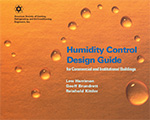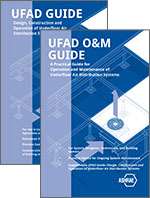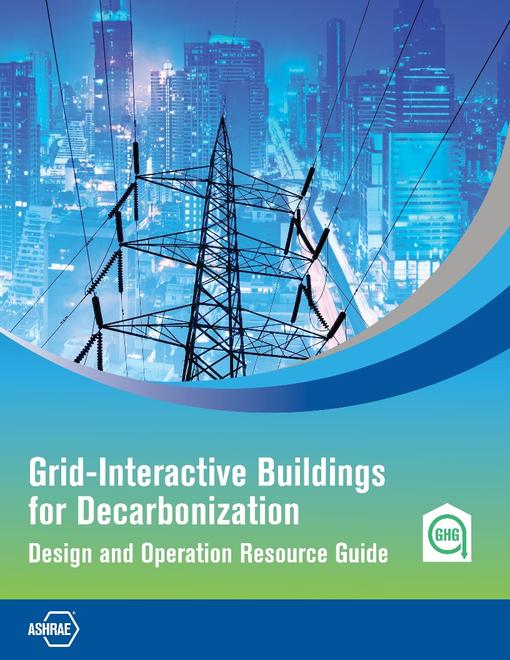-
-
Available Formats
- Options
- Availability
- Priced From ( in USD )
-
Available Formats
-
- Immediate download
-
$72.00Members pay $54.00
- Add to Cart
-
- Printed Edition
- Ships in 1-2 business days
-
$72.00Members pay $54.00
- Add to Cart
-
- Printed Edition + PDF
- Immediate download
-
$104.00Members pay $78.00
- Add to Cart
Customers Who Bought This Also Bought
-

Humidity Control Design Guide for Commercial and Institut...
Priced From $224.00 -
Geology and Drilling Methods for Ground-Source Heat Pump ...
Priced From $101.00 -

Active and Passive Beam Application Design Guide
Priced From $83.00 -

UFAD Guide and O&M Guide Set
Priced From $129.00
About This Item
Full Description
Stay up to date with the future of sustainable building practices with the latest groundbreaking release from ASHRAE’s Task Force for Building Decarbonization (TFBD), Grid-Interactive Buildings for Decarbonization: Design and Operation Resource Guide. This is the second in a series of guides aimed at addressing the challenge of decarbonization in the built environment. Grid interactivity is a relatively new practice for most ASHRAE members, and buildings have a role in decarbonizing the power grid and managing their carbon budget; therefore, this guide provides information to enable readers to maximize carbon reduction through a building’s interaction with the electric power grid.
Decarbonizing the electric grid requires a shift to a dynamic, two-way relationship between buildings and the grid that allows buildings to respond dynamically to grid conditions, including time-varying carbon emissions rates. This two-way communication has come into focus in the last few years as renewable energy integration and grid reliability issues—particularly around peak conditions brought on by extreme weather conditions, variability of renewable generation, and increased loads—have spurred utilities, grid operators, and the building community to reconsider the role buildings can play in supporting grid reliability and decarbonization by reshaping their energy consumption patterns.
These best practices, design considerations, and operational guidelines are all intended to target one or more of the three primary value streams offered by grid integration:
• Reduced carbon emissions
• Cost savings
• Resiliency
This guide is focused on commercial and multifamily buildings, though aspects also apply to residential and industrial sectors. Beyond design guidance, this guide provides operational guidance for new and existing buildings to make the best use of their available demand flexibility in practice. Dive into the forefront of architectural innovation and environmental responsibility and explore the transformative power of grid interactivity.




